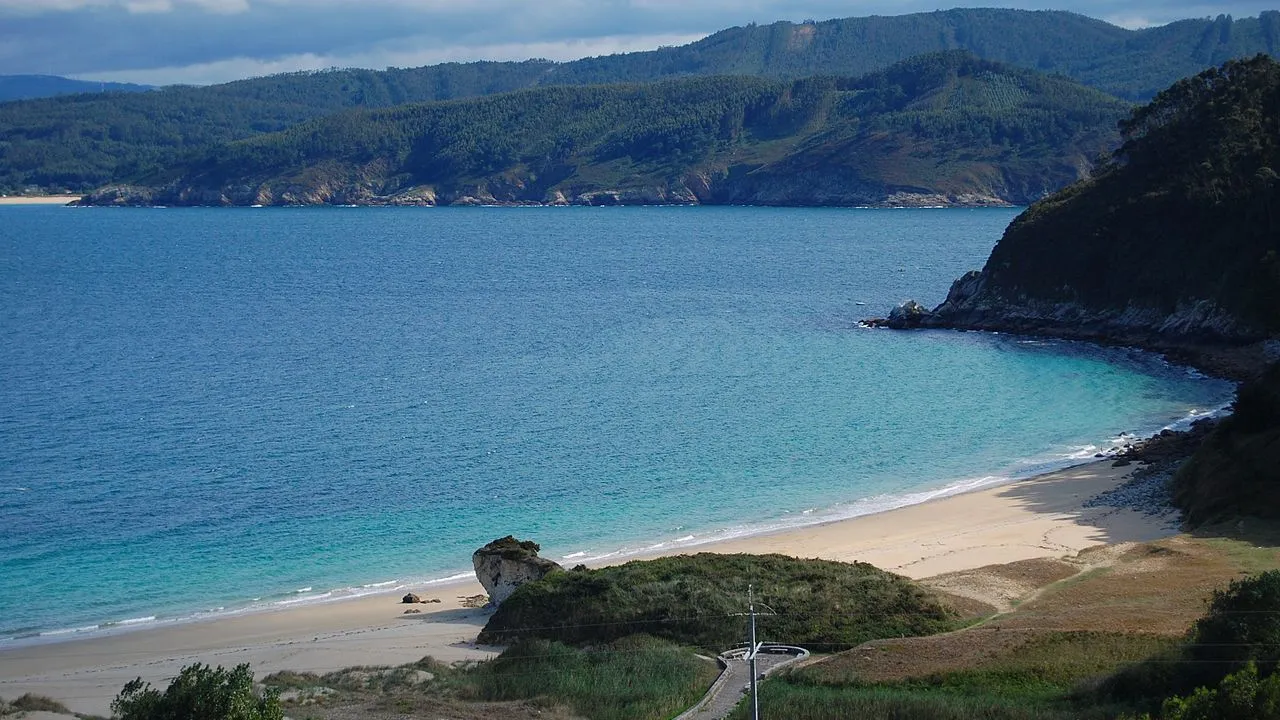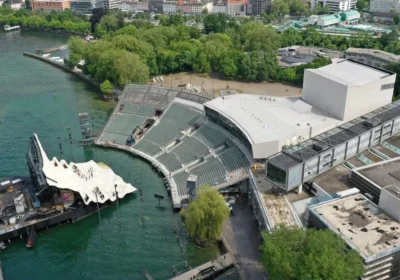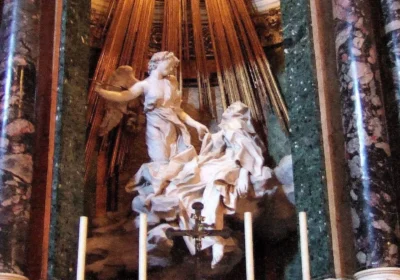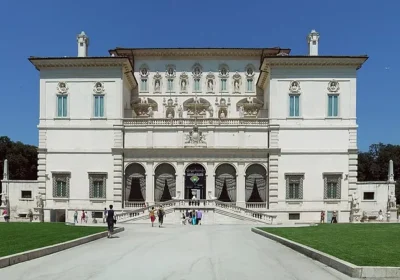At the mere mention of Gascony, the image of D’Artagnan appears before the eyes of almost every Russian. And this is no accident. The desire for glory, pride in their native land and true Gascony temperament distinguish the inhabitants of Gascony from the inhabitants of other provinces.
The main attraction of the city of Auch, the capital of the Gascony department of Gers, is a bronze statue of d’Artagnan, who stands in the middle of the stone staircase that descends from St. Mary’s Cathedral to the river Gers. A proud posture, a straight look, a hand on the hilt of his sword, a wide-brimmed hat, a sling, boots and a long cloak. This is how boys all over the world see themselves in adventure dreams – for a century and a half. And they will see themselves for centuries to come.
Gascony can be safely called the center of wine and gastronomic tourism. Magnificent Armagnac is produced here on a very limited area of about 14 thousand hectares of vineyards. Being a strong alcoholic beverage, this special technological product is older than cognac. There are written evidences that it was produced already at the beginning of the XIV century.
Experts explain the great world fame of cognac simply: the river Charente, which gave its name to the whole area of its production, provided a very convenient access to the Atlantic coast, which was a significant advantage in trade several centuries ago. Special barges with cognac casks on board quickly delivered the strong product to the sea harbor of La Rochelle. Gascon armagnac producers did not have such an opportunity. However, they approached this situation philosophically: it is believed that the French produce cognac for the whole world, and armagnac – for themselves.
It is known that foie gras (foie gras – “fatty liver”) is goose or duck liver, the pride of French gastronomy. The main area of its traditional production is Gascony. In order to get the precious liver bigger in size (and it can be up to a kilogram in weight!), the bird is kept on a special diet. The most famous restaurants in Paris offer their visitors dishes from Gascon foie gras.
It should be noted that Gascony geese and ducks are valued not only for their delicacy liver. Bird meat here is wonderfully smoked, fried, steamed and baked. The locals especially respect the so-called carcasse, i.e. goose backbone with the remains of meat on the bones. Frankly speaking, there is nothing to eat there, but in this case the ritual is interesting: Gasconians like to cook these bones on the grill, and producers of poultry meat and liver gladly sell them such “carcasses” in immeasurable quantities.
And for dessert it is customary to order apple pie “croustade” (crispy). Slices of apples, previously soaked in armagnac, are hidden in it under layers of the thinnest, like tissue paper, dough, and it is necessary to see how experienced craftswomen manually put these weightless petals into the pie mold.
Gascogne is an ancient historical region of France, part of Occitania. It got its name from the Basques (Latin vasconi, hence Vasconia, later French Gascogne), who came here in the VI century from the southern slopes of the Pyrenees, pursued by the Visigoths.
In 602, after fierce resistance, it was conquered by the Franks and ruled since then by the Dukes of Aquitaine. In 768 Charlemagne gave Gascony to Lupus II (a landed property granted by a feudal landowner to a vassal on the terms of fulfillment of certain duties), whose heirs subsequently repeatedly opposed Charlemagne himself and his descendants.
In 872 Gascony seceded from France and elected one of the descendants of Loup I as Duke. In 1039, when the Duke of Gascony became the Duke of Aquitaine, Gascony became part of the large state of Aquitaine, whose fate it shared: from 1154 to 1451 it belonged to England, then passed to France.
If you go down the coast by car, you can drive through the whole of Gascony on a road that runs along the ocean shore and, now and then, dives into the shade of pine forests, and enjoy the views of endless deserted ocean beaches that will be on your right hand, while on the left will stretch numerous lakes.
The road passes through small towns, where in local shops you can buy real Armagnac and fresh fruits, the taste of which cannot be compared to those sold in supermarkets. It is only among the racks of markets that you realize why the tomato is considered a berry! On the lakes there are small camping sites, recreation centers, equipped places for fishing. And the fish splash there, jump out of the water and tease the fishermen.
Beautiful French towns with cathedrals, cozy squares, tasty restaurants and picturesque corners complete the picture of this almost paradise province…

















